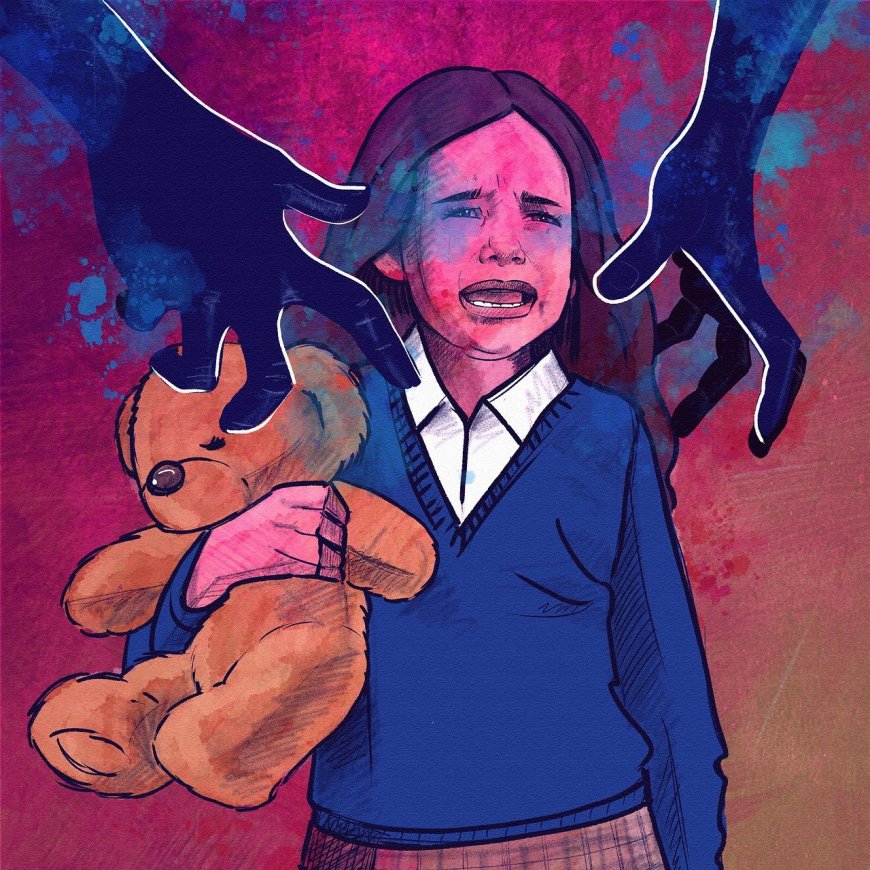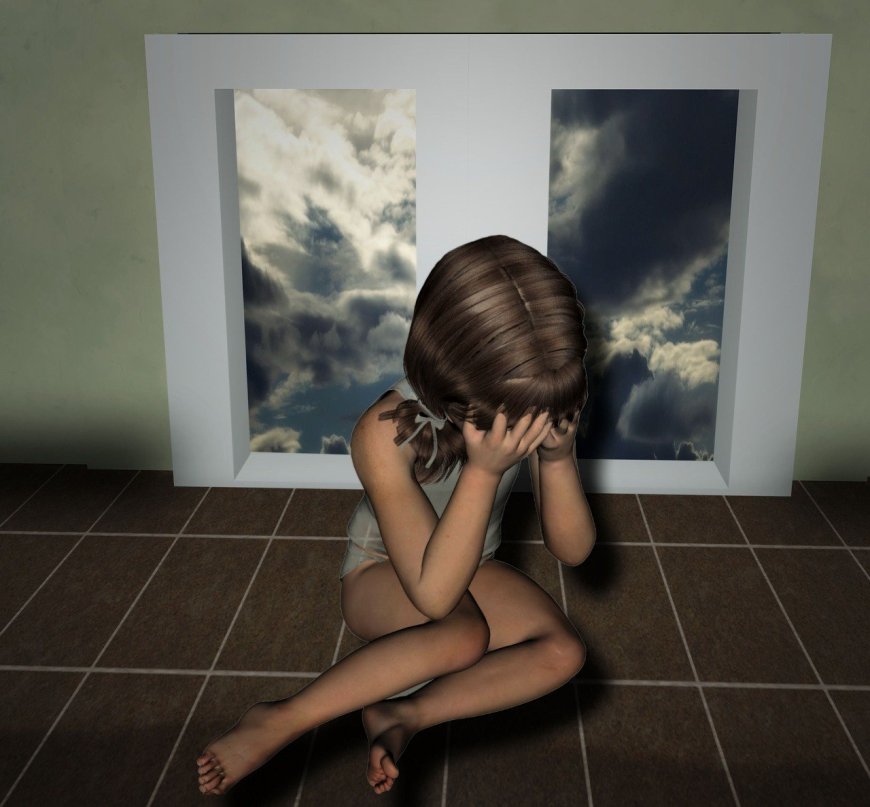CHILD ABUSE AND NEGLECT
Child neglect and abuse is a situation that negatively affects the physical or psychological development of the child. It is the attitudes and behaviours that prevent the physical, emotional, sexual or mental development of children or adolescents under the age of 18 by their parents, caregivers, educators or strangers. These behaviours cause damage in terms of trust, health, living arrangements, development and mood. Neglect and abuse are divided into three main categories.

Emotional abuse is the deprivation of nutrition, protection, love, supervision and education by caregivers, as well as criticism, responsibility, discrimination and worthlessness behaviours. Physical abuse is the injury of the child by a person or persons older than the child. It starts with slapping, pushing, kicking, shaking, pinching and continues with the use of belts, household items, hoses and various tools. It is the most common and obvious type of abuse.
Sexual buse is the use of a child with deficient psychosocial development by an adult for sexual stimulation. It includes elements such as touching the genital areas, sexual intercourse, forcing to be together with threats.
Abuse is a serious problem that causes deep wounds in the child's psyche and requires rapid intervention. They have difficulty in perceiving and realising the situation they are experiencing. Especially if the family has not raised awareness about it and the family is involved in the abuse, the child tries to make sense of it in their own world. In general, their way of thinking is; fathers/brothers like this, no one will believe if I tell, I have to do this, he/she may kill my mother/sister...
Because of such thoughts, they may remain silent, withdraw into themselves and have difficulty in expressing themselves. Children who are victims of abuse undergo a physical and psychological change even if they do not express what they have experienced. This change can be recognised by the family and teacher. The games that children prefer and the pictures they draw shed light on the way of understanding. Physical changes may include bruising, bleeding, incontinence, body aches, pregnancy, weight gain or loss. Psychological changes may include sleep disturbance, lack of interest in anything, depression, fear, anxiety, sexual orientation and PTSD. Sensitisation and education should be a priority in order to ensure the safety of children and to take precautions against the dangers they may experience. This increases children's awareness, facilitates their expression, motivates them and makes them conscious. It should be a priority for parents to observe and spend time with their children.

Child neglect and abuse can leave lasting effects on children's mental health. Such traumatic experiences can affect children's emotional, cognitive and social development.
When children are neglected or abused, it often damages their sense of trust. Children may develop insecure attachment patterns due to these negative experiences. A secure attachment supports the ability to establish and maintain healthy social relationships; however, these skills may be negatively affected in cases of neglect and abuse.
Emotionally neglected or abused children may experience emotional regulation problems. This may cause emotional problems such as depression, anxiety and anger problems. In addition, the impact of traumatic experiences on the child's self-perception may negatively affect self-esteem and identity development.
Situations where children are exposed to neglect and abuse can also have profound effects on the stress response. The brain's stress coping mechanisms may be affected in children exposed to such traumatic experiences, which may lead to difficulties in coping with stress later in life. In conclusion, child neglect and abuse is a problem that can have serious effects not only on physical health but also on mental health. Therefore, recognising these situations, providing support to children and providing the necessary professional intervention are critical for children to develop in a healthy way and overcome the trauma they have experienced.
REFERENCE:
Dinleyici M. Çocuk ihmali ve istismarı. Çarman KB, editör. Gelişimsel Nöroloji. 1. Baskı. Ankara: Türkiye Klinikleri; 2022. p.51-7
KARATAŞ, K. (2015). Çocuk İhmal ve İstismarında Sosyal Hizmet Yaklaşımı. Çocuğa Yönelik Şiddet ve Çocuğun Korunması içinde. Ed.: T. Dağlı. İstanbul: Çocuk Koruma Merkezlerini Destekleme Derneği, s. 97-105.
Y
What's Your Reaction?


















































































